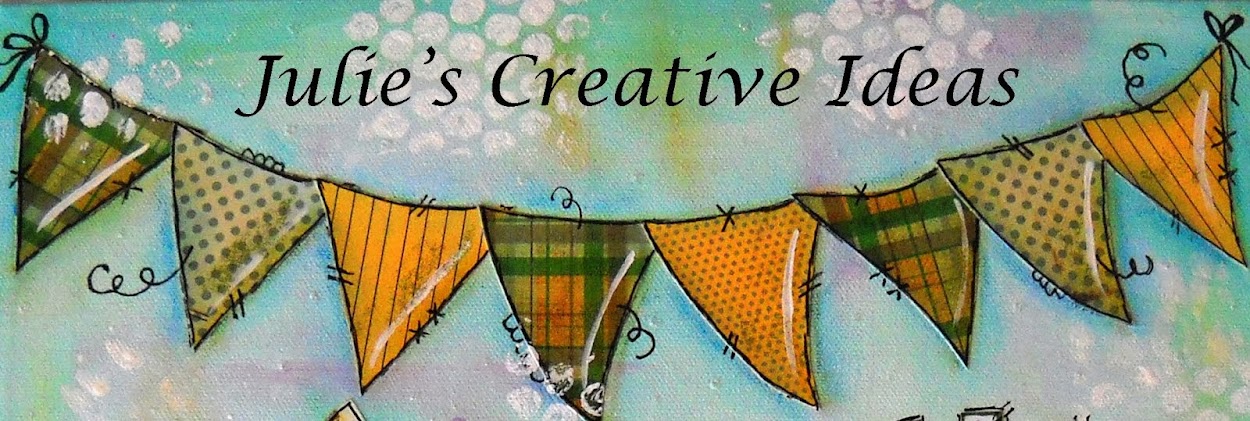Charming
The tradition of
crazy quilting began in the Victorian Age. While this art form first caught on
in Europe, here in America crazy quilting was based more on utility and
necessity. Wives and mothers needed to cover their families in cold weather,
and fancy needlework was not practical.
When I am piecing my
blocks, I think about composition. I try to lay out my fabrics before I start
sewing. In this quilt I used a variety of bright and dark fabrics, and also
used pastels. I wanted the eye to travel across the block and have lots of
interesting areas to view.
The stitching within this area of pink
satin turned out exquisite. The yellow and blue threads I used to create the
daisies looked lovely on the pastel satin.
I used the buttonhole stitch with various lengths to make the stems and
grass.
The upper left corner of this block
took on a look of its own, as I added the green vines.
I started with the cretan stitch in
baby blue and used the straight stitch in various lengths starting in the
center of each cretan stitch. It had a nice soft look and filled in the area
nicely.
Although Victorian quilts are heavily
embellished, there are areas where the embroidery thread makes a strong
statement by itself. As you can see here, I did not need to add any beads to
make this area interesting. The primary thing to remember is that every seam
does need to be covered.

Your crazy quilt block is awesome. Are you discussing anywhere how one makes a block like this? I have tried my hands at a simple block once and found that i am forced to use long pieces a lot and yet you are here using very small pieces. i would love to try my hand at something like this. do tell me if there is some place where one can learn it.
ReplyDeleteHello! Thank you! I got alot of inspiration from Judith Baker Montano's books. She is a great author and artist when it comes to Victorian crazy quilting. I pieced my blocks on a muslin base fabric using a flip-sew technique. I really liked this method, since it gave me a more stable block to embroider on. You might want to pick up some books on paper piecing Victorian blocks. It would be a good way to practice on a small scale. Good luck and keep trying. Some things just take practice. Julie
Delete